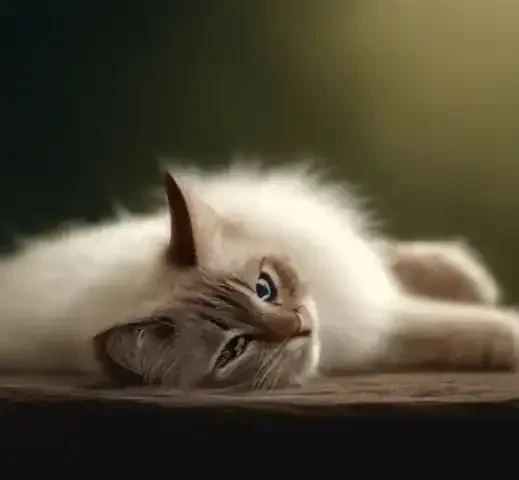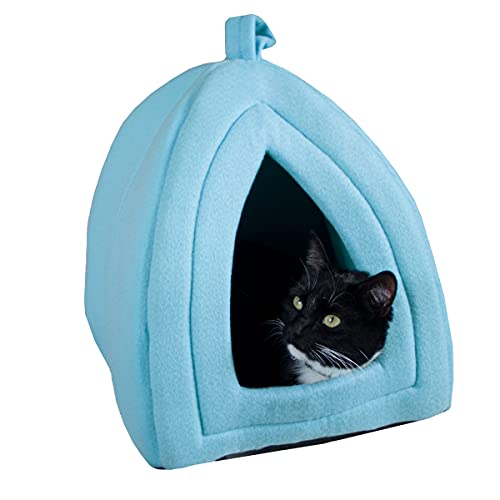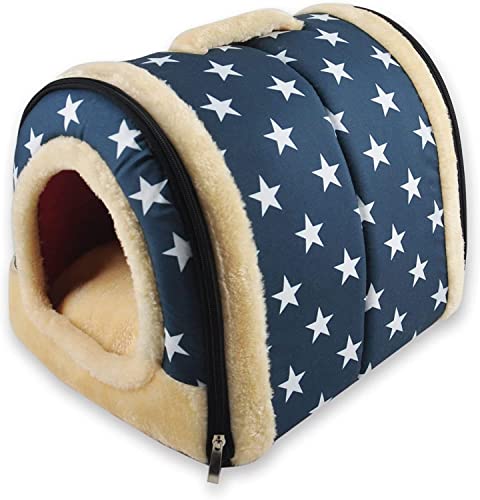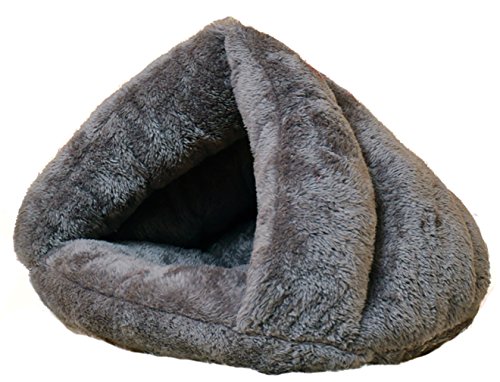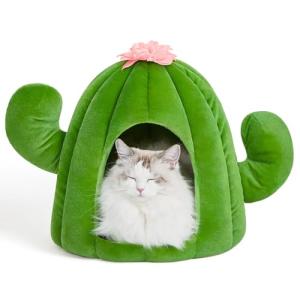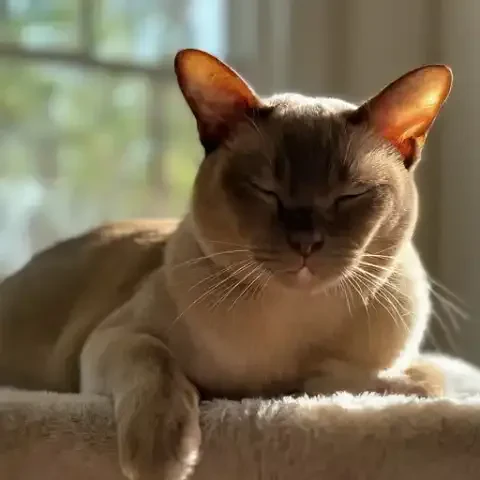Imagine your feline companion, usually a whirlwind of playful energy, suddenly becomes subdued, retreating to quiet corners or showing a reluctance to engage in their favorite activities. Or perhaps you notice a subtle shift in their normally meticulous grooming habits, their fur becoming a little less pristine. As devoted cat owners, we become attuned to the nuances of our cats' behavior, and when something seems "off," a wave of concern washes over us. One of the most pressing worries is the unspoken question: is my cat in pain?
Recognizing pain in cats is not merely an act of compassion; it's a cornerstone of responsible pet ownership. Our feline friends, despite their domestic lives, retain an ancient instinct honed by evolution – the instinct to conceal vulnerability. In the wild, displaying weakness, including signs of pain, could attract predators or signal a diminished position in a social hierarchy. This deeply ingrained survival mechanism means that cats are masters of disguise when it comes to discomfort. They often suffer in silence, masking their pain with subtle behavioral changes that can easily be missed or misinterpreted.
Early detection of pain is paramount. Just as with humans, prompt intervention in feline pain management often leads to quicker recovery, more effective treatment options, and ultimately, a significantly improved quality of life. Undetected and untreated pain can have far-reaching consequences, not only causing unnecessary suffering for your cat but also potentially exacerbating underlying health conditions and impacting their overall well-being. By becoming adept at recognizing the often-subtle indicators of feline pain, you empower yourself to seek timely veterinary care, ensuring your beloved companion receives the relief and treatment they need.
This article aims to serve as your guide, illuminating the often-hidden world of feline pain signals. We will delve into the subtle behavioral and physical cues that may indicate your cat is experiencing discomfort, equipping you with the practical knowledge to discern when something might be amiss. It’s crucial to remember, however, that this information is for educational purposes only. While this article can empower you to become a more observant and informed cat owner, it is not a substitute for professional veterinary expertise. If you suspect your cat is in pain, prompt consultation with your veterinarian is always the most responsible and crucial step.
The very nature of cats makes deciphering their pain signals a unique challenge. As we’ve touched upon, their evolutionary imperative to mask weakness is a primary factor. This inherent instinct means that outward displays of pain, like yelping or obvious limping, are often reserved for moments of extreme or acute distress. More often, feline pain manifests in far more understated ways, requiring a keen eye and an understanding of their typical behavior.
Adding to the complexity is the inherent subtlety of cat pain signs themselves. Unlike dogs, who might vocalize more readily or exhibit clearer indicators of discomfort, cats tend to express pain through nuanced shifts in their routine and demeanor. These subtle alterations can be easily overlooked, dismissed as just “having an off day,” or attributed to changes in environment or routine. It's this very subtlety that makes it so vital for cat owners to become astute observers, learning to interpret the quiet language of feline discomfort.
Furthermore, we must acknowledge the beautiful tapestry of individual cat personalities. What constitutes "normal" behavior can vary dramatically from one cat to another. A naturally independent and quiet cat might exhibit even more withdrawal when in pain, making the change less noticeable compared to a typically boisterous and sociable feline. Conversely, a normally vocal cat might become uncharacteristically silent when experiencing pain. Understanding your own cat’s baseline personality, their usual habits and quirks, is the essential foundation for recognizing deviations that could signal underlying pain. Knowing what's "normal" for your cat is the key to spotting what’s not.
When a cat is experiencing pain, their behavior often undergoes subtle but telling transformations. Paying close attention to these changes in their daily routines can be crucial in identifying potential discomfort.
One of the most common indicators is a shift in activity levels. A normally energetic cat might become lethargic, sleeping for extended periods and showing a marked disinterest in activities they once enjoyed. Playtime might be declined, favorite toys ignored, and the usual zoomies around the house may cease altogether. You might notice a reluctance to jump onto furniture they usually scale with ease or a hesitation to climb stairs they once navigated effortlessly. Conversely, some cats in pain might exhibit restlessness. Unable to find a comfortable position, they may pace back and forth, constantly shifting and adjusting, never quite settling down.
Grooming habits are another revealing area. Cats are naturally fastidious groomers, dedicating a significant portion of their day to maintaining their pristine coats. A painful cat, however, may neglect their grooming routine. Their fur might appear matted, unkempt, or dull, a stark contrast to their usual polished appearance. Conversely, some cats in pain will over-groom, particularly focusing on a specific area of their body that is causing them discomfort. You might notice excessive licking or chewing in one spot, sometimes even leading to bald patches or skin irritation.
Social interactions can also be dramatically affected. A typically affectionate cat might become withdrawn, seeking solitude and hiding away from family members. They might retreat to unusual hiding places, under beds, inside closets, or behind furniture, seeking isolation. Conversely, pain can sometimes manifest as increased irritability or even aggression. A normally docile cat might become snappish, hissing, or growling when approached, especially if touched in a sensitive area. This defensive behavior is often a clear indication that they are trying to protect a painful part of their body.
Vocalization patterns can also shift. Some cats in pain become more vocal, meowing more frequently, crying out, hissing, or growling even without apparent provocation. These vocalizations can sound different from their usual meows, often taking on a more distressed or pained quality. Conversely, a normally talkative cat might become unusually quiet, their usual repertoire of meows and chirps replaced by an uncharacteristic silence.
Changes in eating and drinking habits are also red flags. A loss of appetite or a noticeable reduction in food intake is a common sign of illness and pain. A cat in pain might turn their nose up at food they usually devour, eat significantly less than usual, or even refuse food altogether. Difficulty eating or drinking is another important clue. They might hesitate to approach their food or water bowl, drop food while eating, or show reluctance to chew hard kibble, potentially indicating dental pain or discomfort in their mouth or jaw. Changes in water intake, either increased or decreased, can also be associated with pain, depending on the underlying cause.
Litter box habits can also provide valuable insights. Accidents outside the litter box, particularly in a previously reliably litter-trained cat, can be a sign of pain, especially if the pain makes it difficult or uncomfortable to get to or use the box. Changes in urination or defecation habits should also be noted. Straining to urinate or defecate, difficulty posturing, or the presence of blood in the urine or stool can all indicate painful conditions. Some cats in pain might even start to avoid the litter box altogether, associating it with discomfort.
Posture and body language speak volumes. A hunched posture, with the back arched and head lowered, is a classic sign of abdominal pain. Tucked paws, limping, or favoring a particular limb clearly point to musculoskeletal pain. Reluctance to bear weight on a leg, stiffness, or hesitant movements are also important indicators. A cat in pain might also guard a specific area of their body, flinching away or becoming defensive when that area is touched, a clear sign they are protecting a source of discomfort.
Beyond these general behavioral changes, becoming familiar with the subtle facial expressions of pain in cats can be incredibly valuable. The Feline Grimace Scale, developed by veterinary researchers, provides a framework for recognizing these subtle cues. Simplified, look for squinting or narrowed eyes, not simply drowsiness, but a distinct narrowing that suggests discomfort. A tense or furrowed brow, a tense muzzle and jaw, ears held flat or rotated outwards, and muzzle whiskers held tense and pointed forward are all indicators that, when observed together, can paint a picture of feline facial expressions of pain. While these signs can be subtle, learning to recognize them can significantly enhance your ability to detect when your cat is suffering.
Beyond behavioral observations, physical examination can reveal more direct signs of pain. Palpation, gently touching and feeling your cat’s body, can reveal areas of sensitivity. A cat in pain might flinch, hiss, or move away when a specific area is touched. This localized sensitivity can pinpoint the source of their discomfort. You might also be able to palpate muscle spasms or tension, feeling palpable tightness in the muscles, particularly in areas surrounding a painful joint or injury.
Abnormal breathing patterns can also be indicative of pain. Rapid, shallow breathing can be a response to pain, as can, though less commonly in cats, open-mouthed panting. While panting is more frequently associated with heat stress or exertion in dogs, it's a significant and concerning sign in cats and can, in some cases, be related to pain, particularly chest or respiratory pain.
Pupil dilation, while not exclusively indicative of pain, can be a sign of stress and discomfort, often accompanying pain responses. Changes in heart rate, specifically a rapid heartbeat (tachycardia), can also sometimes be associated with pain, as the body's stress response kicks in. While not always directly indicative of pain, changes in body temperature, such as fever or hypothermia, can accompany illnesses that cause pain, and are important signs to note.
If you suspect your cat is in pain, your observations are the first crucial step. Begin by carefully documenting the specific behavioral changes you've noticed, when they occur, and any potential triggers you can identify. Keeping a written record or even a video diary can be immensely helpful when you consult your veterinarian.
Resist the urge to self-diagnose or, even more importantly, self-treat. Human medications, even over-the-counter pain relievers, can be incredibly toxic to cats, often leading to severe organ damage and even death. Home remedies and well-intentioned but uninformed advice can also be detrimental.
Your next, and most important, step is to contact your veterinarian immediately. Explain your concerns, detailing the behavioral changes you've observed. Your veterinarian is the only qualified professional to accurately diagnose the cause of your cat's potential pain and recommend appropriate treatment.
To make your veterinary visit as productive as possible, come prepared. Bring your documented observations, be ready to clearly describe the specific changes you've noticed in your cat's behavior, and be prepared to answer questions about your cat's medical history, recent activities, and any potential injuries.
Understand that your veterinarian will likely conduct a thorough physical examination, and may recommend further diagnostic tests such as bloodwork, urine analysis, X-rays, ultrasound, or other imaging techniques to pinpoint the source of your cat's pain. Treatment options will vary depending on the diagnosis, but may include pain medication, anti-inflammatory drugs, antibiotics, surgery, or other therapies.
Recognizing pain in your cat hinges on your observational skills, your attentiveness to subtle cues, and your deep understanding of your feline companion’s individual personality and habits. You, as their devoted owner, are their most important advocate. By honing your ability to recognize these often-understated pain signals, you become an empowered caregiver, capable of significantly improving your cat's well-being and ensuring they live a more comfortable and joyful life.
Remember, being vigilant and proactive is key. When in doubt, always consult your veterinarian. It is unequivocally better to err on the side of caution when it comes to your cat's health and comfort. Recognizing and addressing your cat's pain is not just about fulfilling a responsibility; it is a profound expression of love and a testament to the deep bond you share with your feline friend. By tuning into their subtle language of discomfort, you reaffirm your commitment to their well-being, ensuring they receive the care and compassion they deserve throughout their lives.
